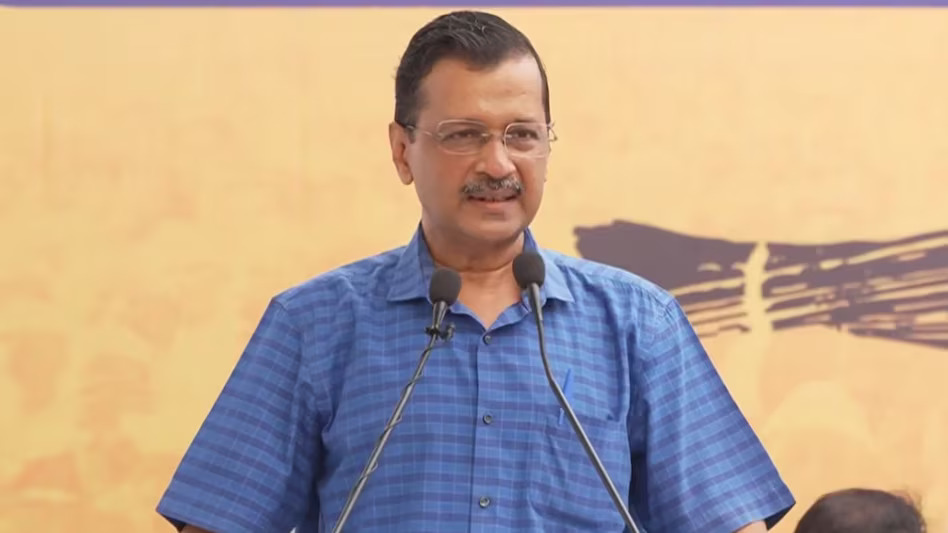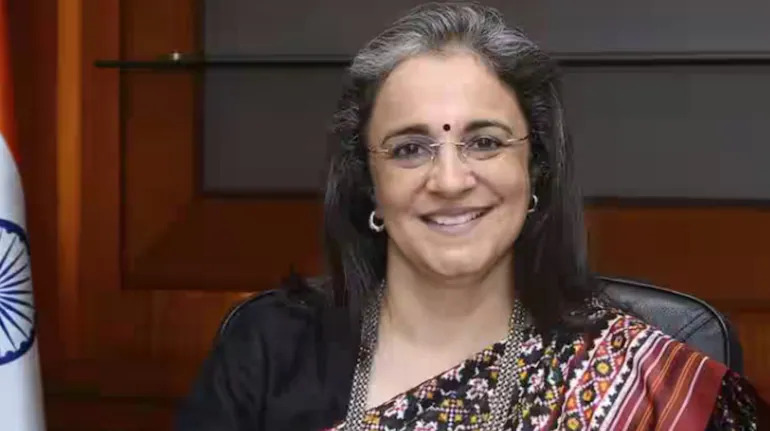
Assisting the young navigate the complex digital age
In a world where the digital landscape profoundly influences social interaction, the call to regulate the age at which young people can access social media has gained momentum. Recently, Australia proposed legislation to set the minimum age for social media use between 14 and 16 years old. This move has sparked significant debate back home, where the rapid expansion of internet access has introduced a new set of challenges for youth engagement online. The Australian proposal seeks to address growing concerns about the impact of social media on young people’s mental health and social development. Proponents argue that such regulation will help mitigate risks associated with early social media exposure, including cyberbullying, online predators and the detrimental effects of excessive screen time. Moreover, it aims to encourage more face-to-face interactions, which are essential for developing strong interpersonal skills and emotional intelligence. India, with its burgeoning digital population, faces a similar conundrum.
The nation has one of the largest and fastest-growing numbers of internet users in the world, many of whom are young people. The rise in digital connectivity has opened new avenues for learning and social interaction but has also introduced unprecedented challenges. It is crucial to consider both the potential benefits and complexities involved in arriving at this critical decision. There is considerable evidence supporting the benefits of limiting social media access for younger users. Studies have linked early and excessive social media use with various mental health issues, including anxiety, depression and low self-esteem. Social media platforms, with their constant bombardment of idealised images and unrealistic standards, can exacerbate feelings of inadequacy among adolescents.
Furthermore, the anonymity of the internet can facilitate harmful behaviours such as cyberbullying and exploitation, which are particularly troubling in the context of vulnerable young users. By imposing an age limit, governments aim to protect children from these risks and encourage more balanced development. Social interactions in the real world are crucial for developing empathy, communication skills and resilience. Face-to-face encounters help young people learn to navigate social nuances and build deeper, more meaningful relationships. Reducing early exposure to social media could foster a healthier developmental environment, where young people are better equipped to handle digital challenges later in life. However, implementing and enforcing such regulations is not without its challenges. In a country like India, where diverse socio-economic backgrounds and varying levels of digital literacy exist, enforcing age restrictions could prove complex. Many children have easy access to social media through family members' devices, and creating monitoring systems that respect privacy while safeguarding young users would be a daunting task.
Moreover, the digital divide in India means that while some regions experience advanced technological access, others struggle with basic connectivity. Regulations must be carefully crafted to avoid aggravating existing inequalities. For example, while urban areas may easily adapt to such measures, rural areas might face additional hurdles. There is also the question of parental control and education. Instead of relying solely on legal restrictions, a complementary approach focusing on digital literacy and responsible usage might be more effective. Educating parents and children about the risks and benefits of social media, could foster a more nuanced understanding and healthier habits.
The debate around social media age limits is not confined to Australia and India. It is a global issue that reflects broader concerns. Countries are grappling with similar questions about how to balance the benefits of connectivity with the need to protect young users.While the goal of promoting real-life interactions and safeguarding mental health is noble, achieving it necessitates a multifaceted approach that includes education, technological solutions and thoughtful policy-making.
 English daily published in Bengaluru & Doha
English daily published in Bengaluru & Doha



.jpg)


